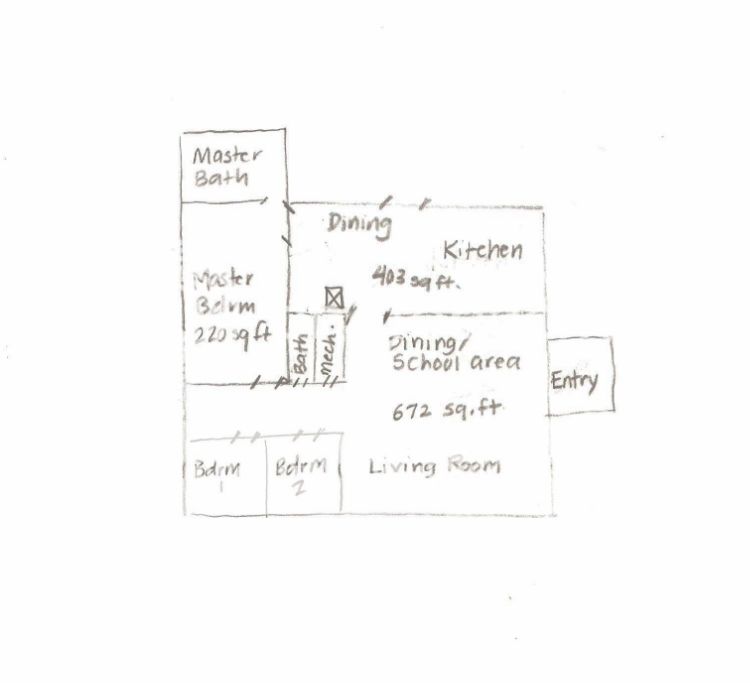Hi all,
We are new to wood stoves and preparing to purchase our first one. Have been reading everything we can find here on the forums to help us get going.
My first question involves choosing the correct stove based on the size/layout of our home. We have read the relevant articles/posts, but since our square footage seems borderline for two stoves we're looking at, we need a little direction.
We have a 1950's ranch home that we just purchased this year. The total square footage is 1771 sq ft and we are heating about 1675 of that right now with forced air/propane. We close off and choose not to heat the entry/mudroom because it has no insulation. The house goes in kind of a circular layout and is not an open floorplan. We are working on increasing insulation and sealing windows/doors, but the house is still somewhat drafty at this point.
We are planning to buy an Englander stove. I am unsure whether the NC13 or the NC30 would be better for us. Since we would like to ultimately transition to heating with as much wood and as little propane as possible, I am afraid the NC13 would be too small to heat our house given the layout and the fact that it only heats up to 1800 sq ft under optimal conditions. But the stove will be located in our kitchen (~400 sq ft) and I don't want to choose the NC 30 if it will be too much for that room or for the house overall. The kitchen is the coldest room in the house currently. We are choosing to install the stove there because the previous owners had one and there is a newer chimney already in place that meets the specs for the Englander. After seeing the propane cost to just keep the house in the 50-60 degree range, I now understand why they had a wood stove!
Would appreciate any input. If I have left out any necessary or pertinent info, please let me know.
We are new to wood stoves and preparing to purchase our first one. Have been reading everything we can find here on the forums to help us get going.
My first question involves choosing the correct stove based on the size/layout of our home. We have read the relevant articles/posts, but since our square footage seems borderline for two stoves we're looking at, we need a little direction.
We have a 1950's ranch home that we just purchased this year. The total square footage is 1771 sq ft and we are heating about 1675 of that right now with forced air/propane. We close off and choose not to heat the entry/mudroom because it has no insulation. The house goes in kind of a circular layout and is not an open floorplan. We are working on increasing insulation and sealing windows/doors, but the house is still somewhat drafty at this point.
We are planning to buy an Englander stove. I am unsure whether the NC13 or the NC30 would be better for us. Since we would like to ultimately transition to heating with as much wood and as little propane as possible, I am afraid the NC13 would be too small to heat our house given the layout and the fact that it only heats up to 1800 sq ft under optimal conditions. But the stove will be located in our kitchen (~400 sq ft) and I don't want to choose the NC 30 if it will be too much for that room or for the house overall. The kitchen is the coldest room in the house currently. We are choosing to install the stove there because the previous owners had one and there is a newer chimney already in place that meets the specs for the Englander. After seeing the propane cost to just keep the house in the 50-60 degree range, I now understand why they had a wood stove!
Would appreciate any input. If I have left out any necessary or pertinent info, please let me know.






